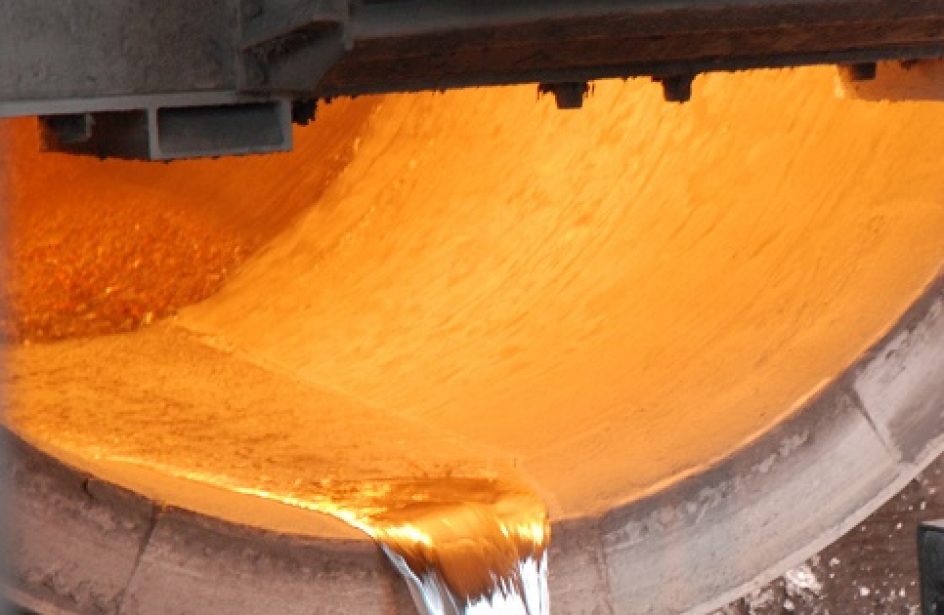At a pivotal GHG emissions intensity investigation hearing on December 7, the Institute of Scrap Recycling Industries (ISRI) and the Aluminum Association revealed a groundbreaking development
In a landmark disclosure during the GHG emissions intensity investigation hearing on December 7, the Institute of Scrap Recycling Industries (ISRI) and the Aluminum Association unveiled a transformative facet of the U.S. aluminum industry. The revelation highlighted that a substantial percentage of aluminum produced in the United States incorporates recycled content, representing a crucial stride in environmental sustainability and energy efficiency.
Conducted by the U.S. International Trade Commission (USITC), the hearing emphasized the pivotal role played by the domestic recycled materials industry in supporting aluminum producers’ efforts to combat climate change. By providing high-quality renewable materials as alternatives to extracted resources, these initiatives have significantly contributed to reducing energy consumption and carbon emissions.
The presented data was striking, with ISRI pointing out that nearly 80% of U.S. aluminum production utilizes recycled aluminum. This stands in stark contrast to the global average, where only 30% of steel is made from recycled content. The efficiency of the U.S. aluminum and steel sectors, compared to their international counterparts, was vividly evident in these statistics.
Adam Shaffer, ISRI’s Assistant Vice President of International Trade and Global Affairs, underscored the substantial environmental impact of recycling. According to Shaffer, the U.S. recycled materials industry annually saves the equivalent of nearly 400 million tonnes of carbon dioxide, equating to the energy use of 48 million homes for one year.
Charles Johnson, President and CEO of the Aluminum Association, also testified, emphasizing the indispensable role of materials like aluminum in the green energy transition. Johnson noted that the ongoing shift has spurred significant domestic investment, with nearly $10 billion committed or spent to build and expand U.S. aluminum plants and operations over the past decade. This includes the construction of two state-of-the-art aluminum rolling and recycling mills.
Further underscoring the environmental progress, the Aluminum Association pointed out that the carbon impact of North American aluminum production has halved over the past 30 years. This achievement is attributed to technological advancements, efficiency improvements, and a shift from coal-fired to renewable energy sources in smelting processes.
In conclusion, the U.S. aluminum industry’s commitment to incorporating recycled content reflects a monumental step forward in the fight against climate change, showcasing the sector’s leadership in sustainable practices and environmental responsibility.
Source: GlassBalkan







